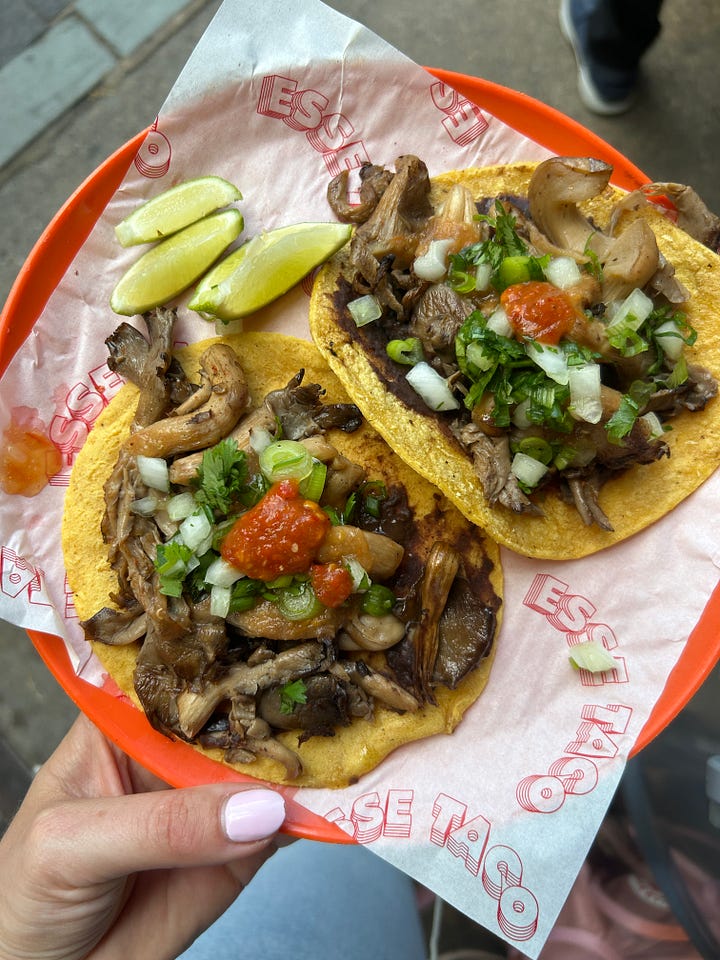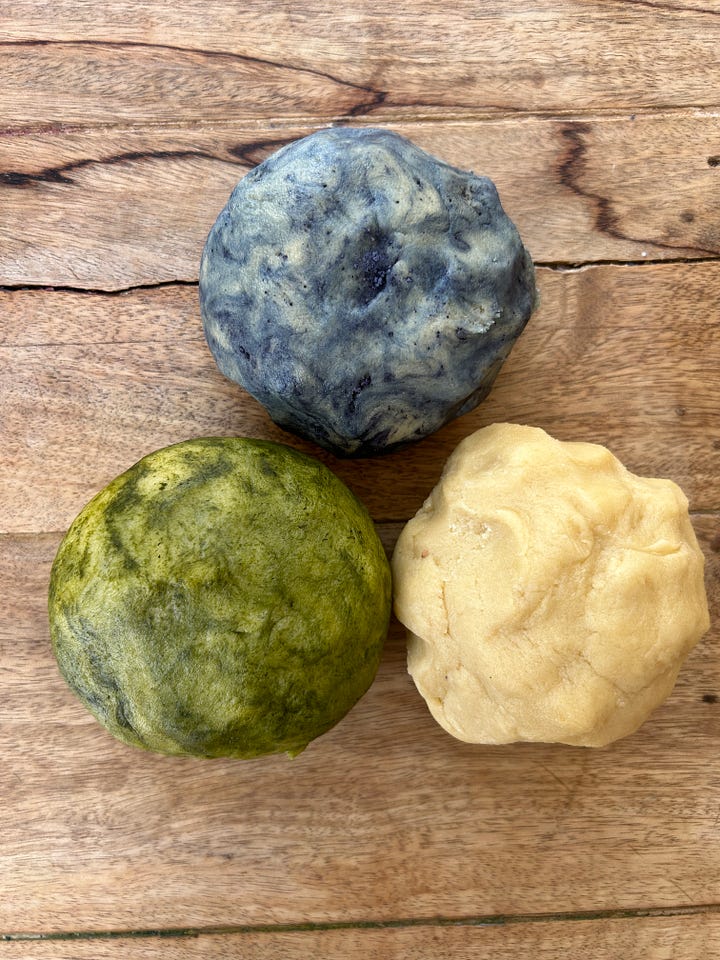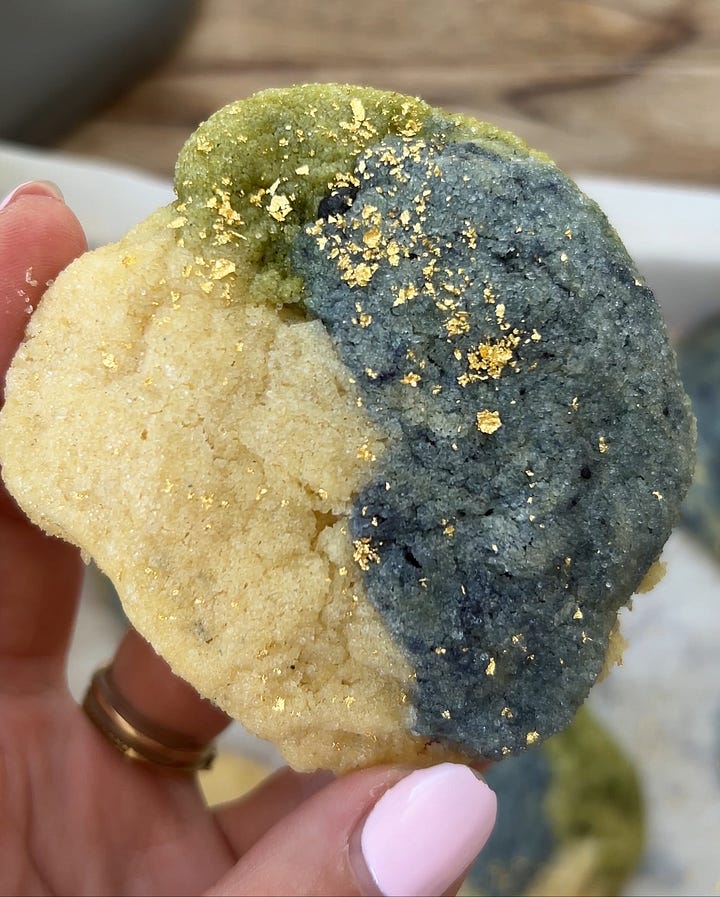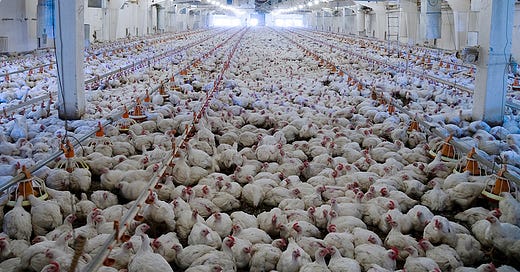Over the past few months, I’ve seen more and more headlines about the spreading bird flu. As we remember from the early COVID days, there are various stages of alarm when it comes to a spreading virus. First, you take in some headlines and keep your eye out for updates, then you feel bad for the people being impacted and start to worry about how it might affect you and your community and then it’s sheer panic. We are still in phase 1 and hopefully, we will stay there.
This week, another Michigan dairy worker was infected with bird flu, which was the third human case since the disease was detected in dairy cattle this spring but the first to report symptoms of respiratory illness. The CDC has still deemed the risk to the general public to be low, but when the virus moved from birds to mammals, this was a cause for alarm among scientists.
Although we may not have to worry about our exposure yet, the biggest threats are to the farm workers in close contact with the disease and the animals themselves.
Since the start of this outbreak in December 2023, millions of chickens have been killed when thought to be exposed to the virus. The United States Department of Agriculture recommends that farms use killing methods that avoid suffering, but as many as 66 million chickens and turkeys have been killed with a technique that animal welfare groups call unnecessarily cruel: ventilation shutdown, which kills over several hours through overheating.
Our factory farming system has made this disease harder to control. With hundreds of thousands of animals crammed together in unsanitary conditions, often wading in their waste, it’s a breeding ground for disease.
Additionally, so much of our food supply is concentrated in massive factory farms. Three-quarters of U.S. egg-laying hens are raised on just 347 factory farms. For instance, an outbreak at a facility owned by Cal-Maine — the country’s largest egg producer — resulted in the company killing nearly 2 million chickens to stem the spread of bird flu. This has also resulted in higher egg prices as the supply drops.
So what is causing these outbreaks of bird flu?
Reporting from the Food and Water Watch helped me understand that climate change is throwing the seasons out of whack which can mess with animal migrations. It turns out that for birds, these changing migrations can contribute to the severity and spread of avian flu, according to the CDC and recent research.
Climate change is shifting the range of some birds during the winter toward the poles, and spring migrations are happening earlier due to warming temperatures. This can increase the chances of something called “virus reassortment,” or the exchange of viral genetic material, if the species interacts with bird populations or different species they had rarely overlapped with before.
On top of this, humans are increasingly encroaching on wild animal habitats through deforestation and development, which could expose us to the diseases these species carry.
As for how to protect ourselves, the USDA has been monitoring commercial dairy supplies and has found no traces in grocery stores.
After high levels of the virus were injected into beef, no trace was left after the meat was cooked medium to well done, though the virus was found in meat cooked to lower temperatures.
Two things you can do
Buy local: Although smaller producers can still become infected, smaller farms can actually see and evaluate their chickens and would know immediately if some are sick.
Don’t drink raw milk: Raw milk is not pasteurized which means it was not heated to a high temp that kills off most diseases. The raw milk trend has been growing and I recommend this piece to learn more about that phenomenon - TikTok’s Raw Milk Influencers Are Going to Give Us All Bird Flu
Gems of the Week ✨
India’s heatwave soared to 126 degrees last week - this is terrifying and hard to imagine what that would feel like
New taco spot, Esse, in Williamsburg by Chef Enrique Olvera behind the famous Pujol restaurant in Mexico City.
Come visit us! Theo is working at Caracas this summer, which is one of the best places to get food out here and has music and events all summer long.


Colorful Sugar Cookies 🌈
I used this base recipe to make cookies for my friend’s PhD graduation party.
These cookies are a great way to play with natural food dyes. I used matcha and butterfly pea powder but you can also easily grind up any freeze-dried fruit for coloring or buy more natural colors here.
Happy start to summer and Pride month!






